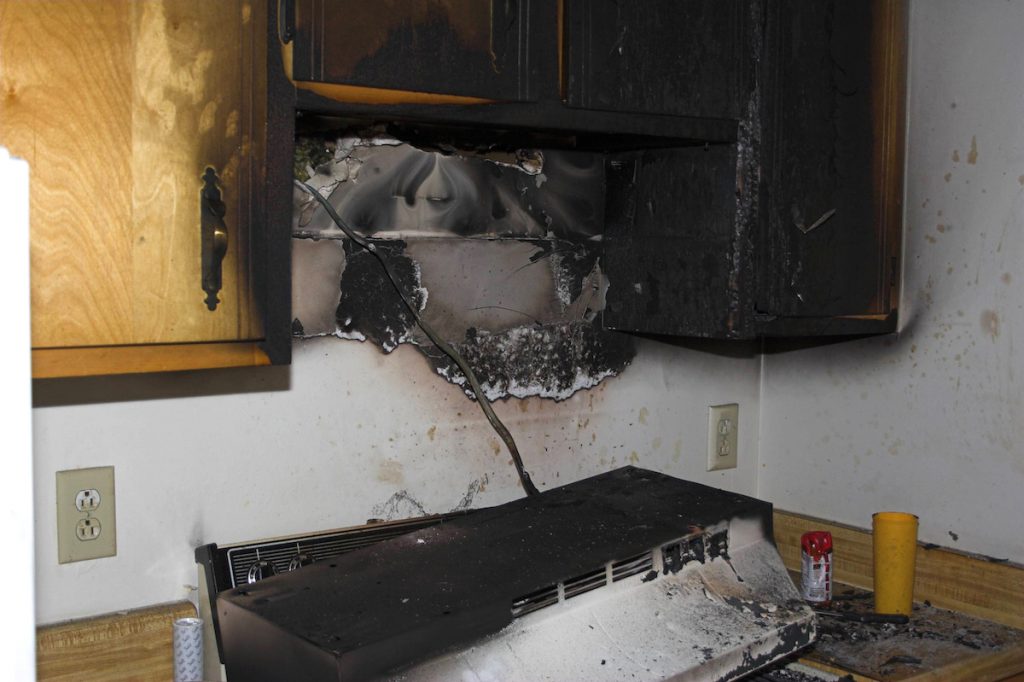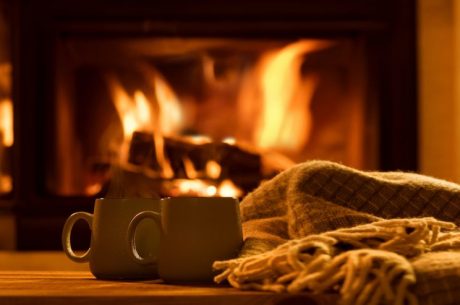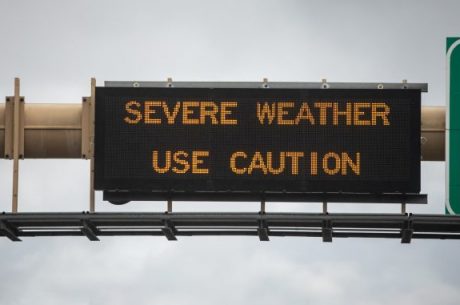Imagine this: A small fire breaks out in the kitchen, but it’s quickly extinguished. The damage seems minimal, but the smell of smoke lingers throughout the entire house—no matter what you try, it just won’t go away. That’s when you need professional smoke damage restoration services. But what causes that stubborn smoke smell to persist?
Every fire is unique, with distinct characteristics and challenges. Several factors determine the extent of smoke damage, including the fire’s source, intensity, combustion rate, and how the structure is laid out. Understanding these factors helps professional restoration teams, like PuroClean of Huntington, provide the best possible results for homeowners in Suffolk and Nassau Counties.
How Fires Affect a Home’s Environment
When a fire starts, it immediately changes the environment within the home. If there’s sufficient fuel and an adequate air supply, the fire consumes materials more completely. More explosive fuel sources lead to more thorough consumption, producing fewer residues. However, when materials don’t burn completely, they leave behind soot, smoke, and other Products of Incomplete Combustion (PICs). The volume of soot, its spread, and how deeply it penetrates depend on multiple factors.
Heat and Its Role in Smoke Damage
Generally, higher heat leads to a faster combustion rate, producing what professionals call a “dry fire.” These fires consume materials more efficiently, reducing them primarily to carbon-based soot. While still damaging, this soot is often easier to clean. However, even hard surfaces can become permeated with smoke residues and odors due to the heat causing expansion.
On the other hand, oxygen-poor fires—sometimes called “wet fires”—burn at lower temperatures and produce oilier, heavier residues that are much harder to remove. Fires fueled by synthetic materials create even more stubborn soot and odor problems.
The Role of Air Circulation in Smoke Spread
Heat naturally moves toward cooler areas, causing smoke and soot to travel throughout the home, even if the HVAC system is off. This movement allows smoke particles to infiltrate sealed spaces, including inside freezers and cabinets. As air circulates, it carries PICs and odor molecules far beyond the fire’s origin.
One interesting phenomenon is the formation of “soot tags.” These chains of soot particles often appear in low-circulation areas, resembling spider webs. Homeowners sometimes mistake them for existing cobwebs that have caught soot, but in reality, they are newly formed by the fire’s smoke patterns.

Why Fire Odors Are So Persistent
Different fires produce different odors, and some are harder to eliminate than others. For instance, protein fires—like when a turkey burns in the oven—produce minimal visible soot but release strong, pervasive odors. Even clothes in a back closet can absorb the smell of a kitchen fire, making thorough deodorization essential.
How PuroClean of Huntington Can Help
At PuroClean of Huntington, we understand the complexities of smoke damage and odor removal. Our professional team serves Suffolk and Nassau Counties with state-of-the-art equipment and EPA-approved cleaning solutions designed to restore your home efficiently and effectively. We use advanced deodorization techniques to ensure that every trace of smoke odor is eliminated.
If you’ve experienced a fire, don’t let lingering smoke odors take over your home. Contact PuroClean of Huntington at (631) 402-9700 for 24/7 emergency smoke damage restoration services. Our trained, compassionate professionals are here to help you get your home—and your life—back to normal as quickly as possible.




 PuroClean of Huntington
PuroClean of Huntington